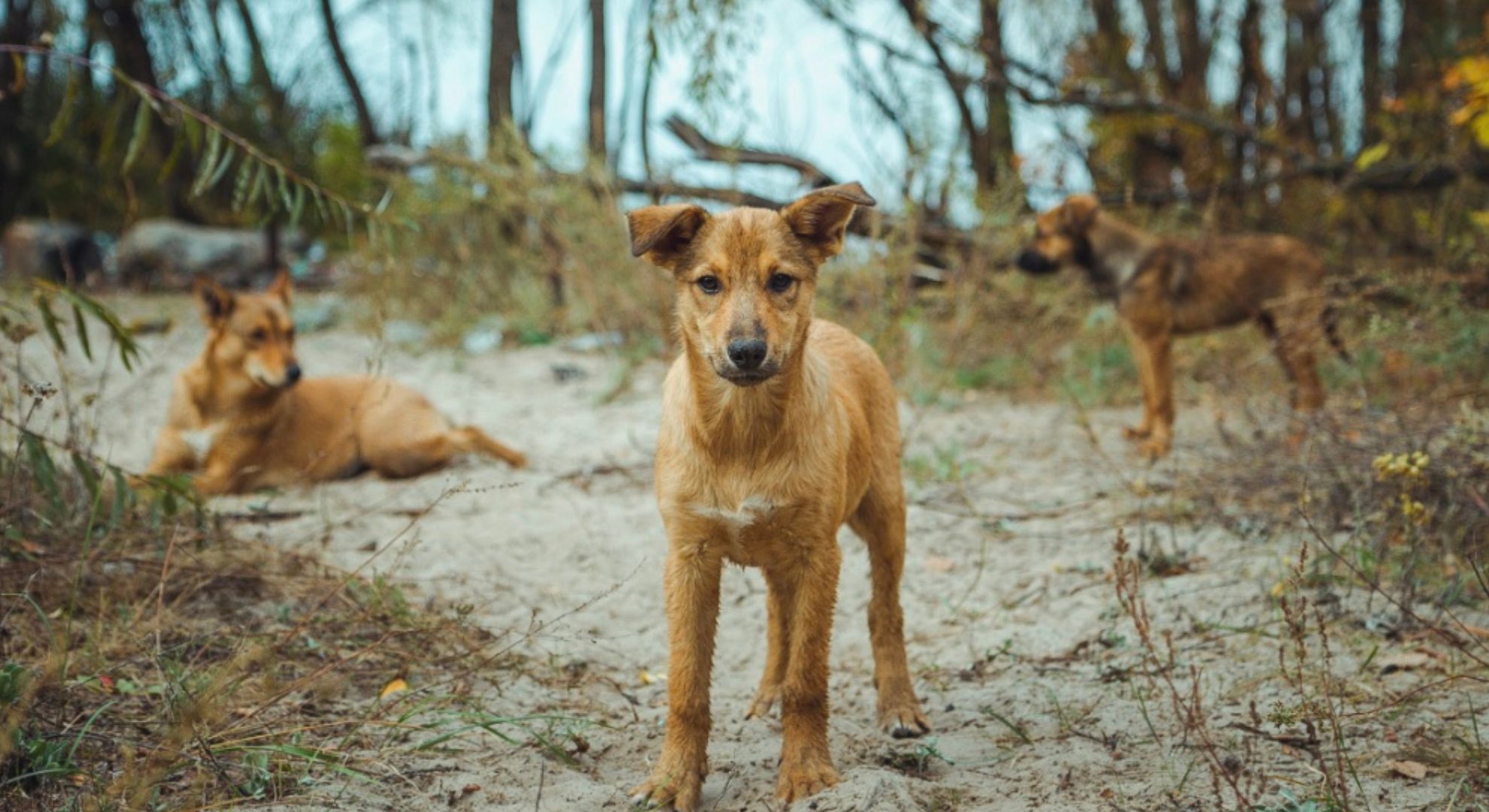The explosion of the Chernobyl Nuclear Reactor in Ukraine in 1986 released massive amounts of radiation, forcing the evacuation of humans in the surrounding area. Since then, the region around the Chernobyl Power Plant has been deserted by humans but has become a sanctuary for various wildlife species, including feral dogs.
As we approach the 40th anniversary of the disaster, biologists have been studying the animals within the Chernobyl Exclusion Zone (CEZ), and the latest research focuses on how radiation exposure may have altered the genomes of these feral dogs, possibly even accelerating evolution.
Scientists from the University of South Carolina and the National Human Genome Research Institute recently conducted a study that analyzed the DNA of 302 feral dogs found within or around the CEZ. The study aimed to investigate whether the feral dogs living within the CEZ had acquired mutations that allowed them to breed successfully in the region. The results, published in the journal Science Advances, revealed that the dogs living near the power plant had distinct genetic differences compared to dogs living in nearby Chernobyl City, which is just 10 miles away. However, these findings do not prove that radiation exposure caused these genetic differences, as it is difficult to distinguish radiation-induced mutations from other factors like inbreeding, according to scientists.
The findings suggest that radiation may have altered the genetic makeup of the feral dogs in the CEZ. Scientists have known for some time that radiation can speed up natural evolution. For instance, purposefully irradiating seeds in outer space has become a well-established method for developing crops well-suited for a changing climate.
While the study’s results are preliminary, they establish a foundation for future research on the effects of radiation exposure on larger mammals. By comparing the DNA of dogs in non-irradiated regions to that of dogs roaming the CEZ, we can better understand the long-term impact of radiation exposure on animal genomes and its influence on natural evolution.
Other POP! stories that you might like:
India overtakes China as the most populous country in the world
The information overloading of the ‘Glass Generation’
Scientists revive a ‘zombie virus’ that’s been frozen for 48,500 years
Japanese café fires waitress for serving cocktails with her blood as requested by a customer
Meet Kabosu, the good doggie behind all the ‘Doge’ memes on the internet



